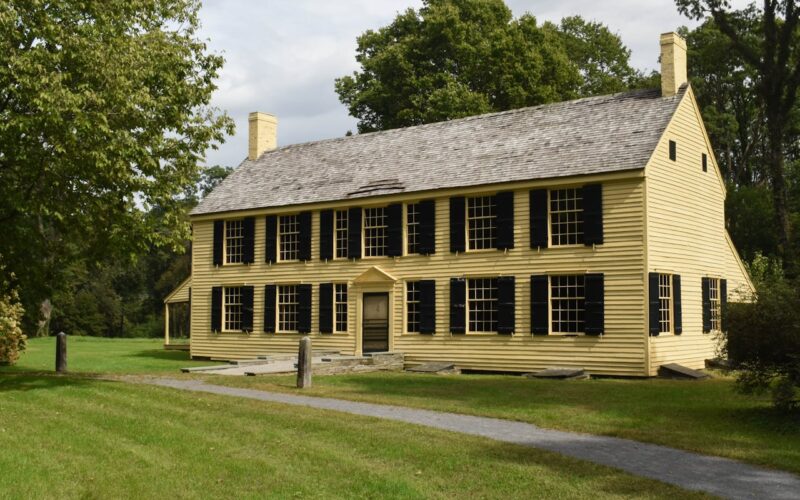Buying an old home can be exciting, but hidden issues may cost more than you bargained for. Vintage charm often comes with outdated systems, unseen damage, or safety hazards that aren’t obvious during a tour. That’s why it’s important to know what to look out for before you commit. Spotting the warning signs early can save you from major expenses and headaches down the road. Here are 10 common red flags every buyer should be aware of when considering a historic or older property.
1. Cracks in the Foundation
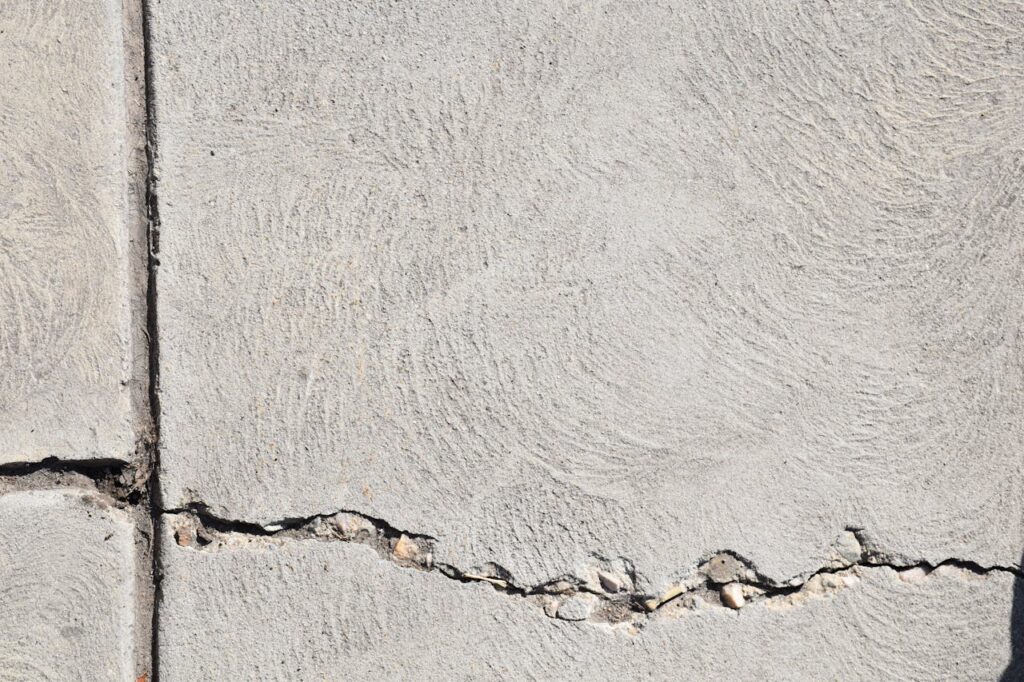
Not all cracks are harmless. Vertical ones might be from settling, but horizontal or stair-step cracks can point to serious foundation shifts. These may lead to costly structural repairs or unsafe living conditions. Cracks near doors and windows, or uneven door frames, are warning signs. Always inspect the basement or crawl space and consider hiring a structural engineer to assess the situation before moving forward with the purchase.
2. Outdated Electrical System
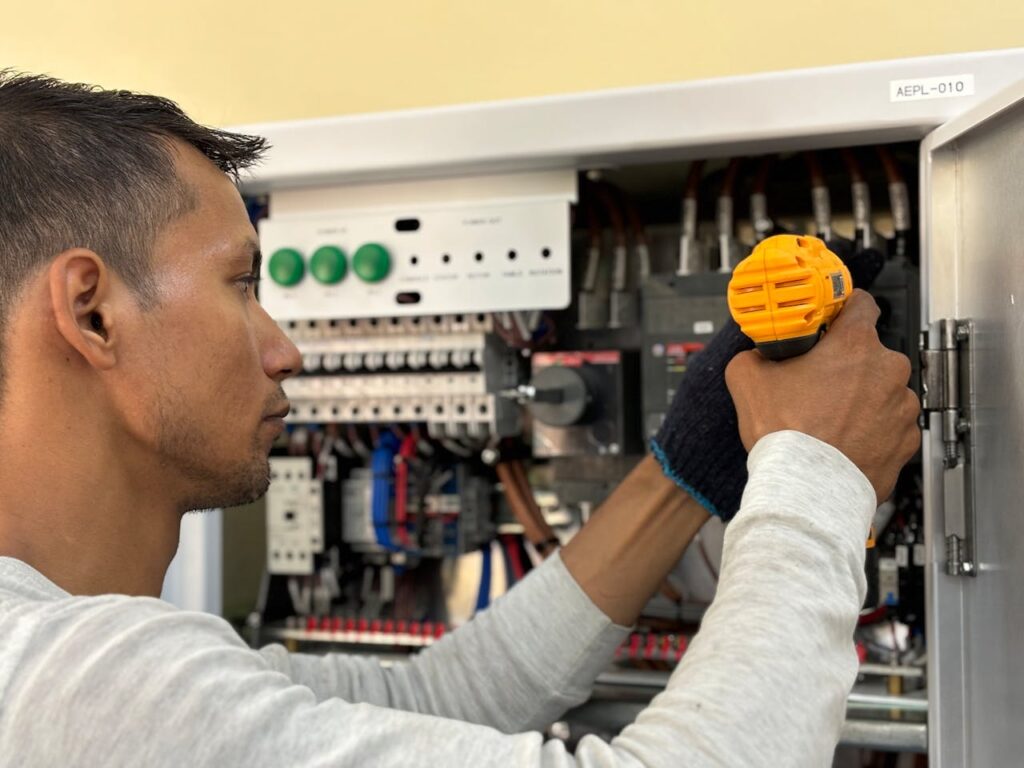
Older homes may still have knob-and-tube or cloth-covered wiring, both of which are outdated and unsafe. Fuse boxes instead of circuit breakers, flickering lights, or overloaded outlets can signal a system not built to handle modern appliances. Rewiring an entire house is expensive and may require opening walls. An inspection by a licensed electrician can help you understand what upgrades are needed to bring the system up to code.
3. Sagging or Uneven Floors
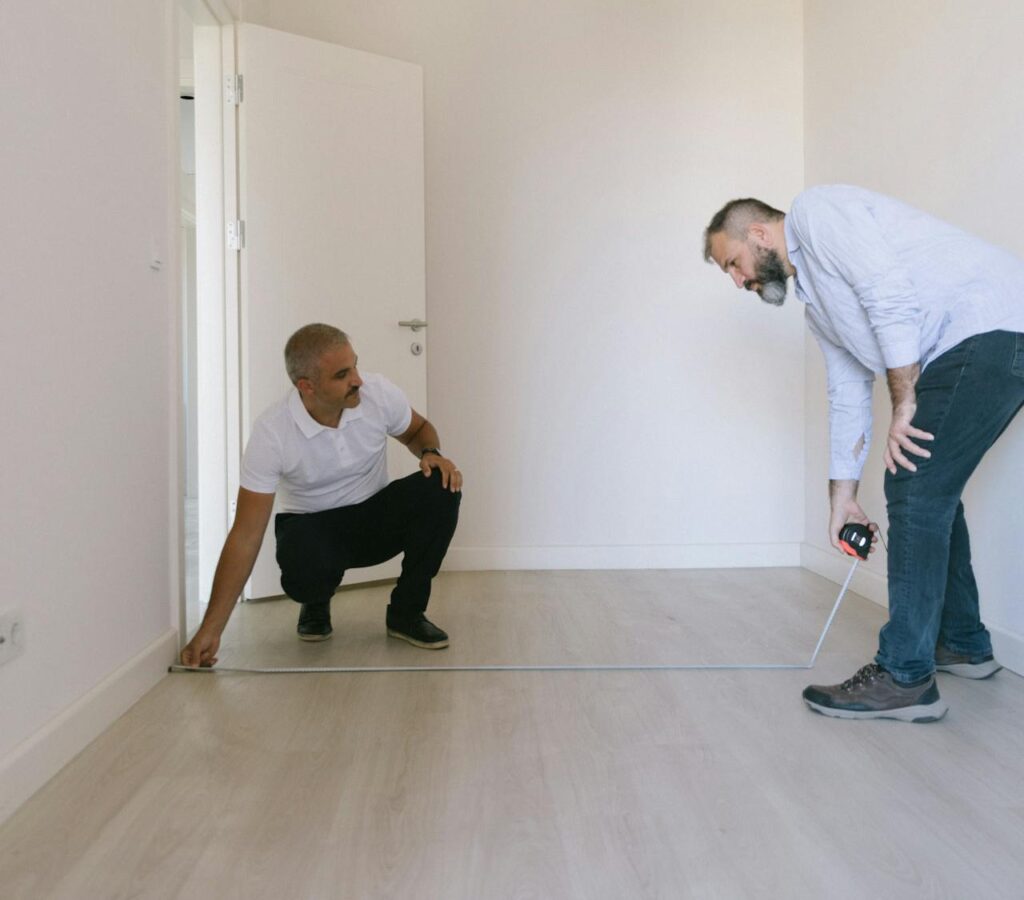
If floors feel bouncy, slanted, or noticeably dip in places, you may be dealing with damaged floor joists, rotting subfloor, or foundation problems. In older homes, this is often caused by water intrusion, termites, or natural settling over decades. Cosmetic fixes like new flooring won’t solve structural issues underneath. A professional home inspector can determine if the problem is minor or if expensive repairs are ahead.
4. Signs of Water Damage
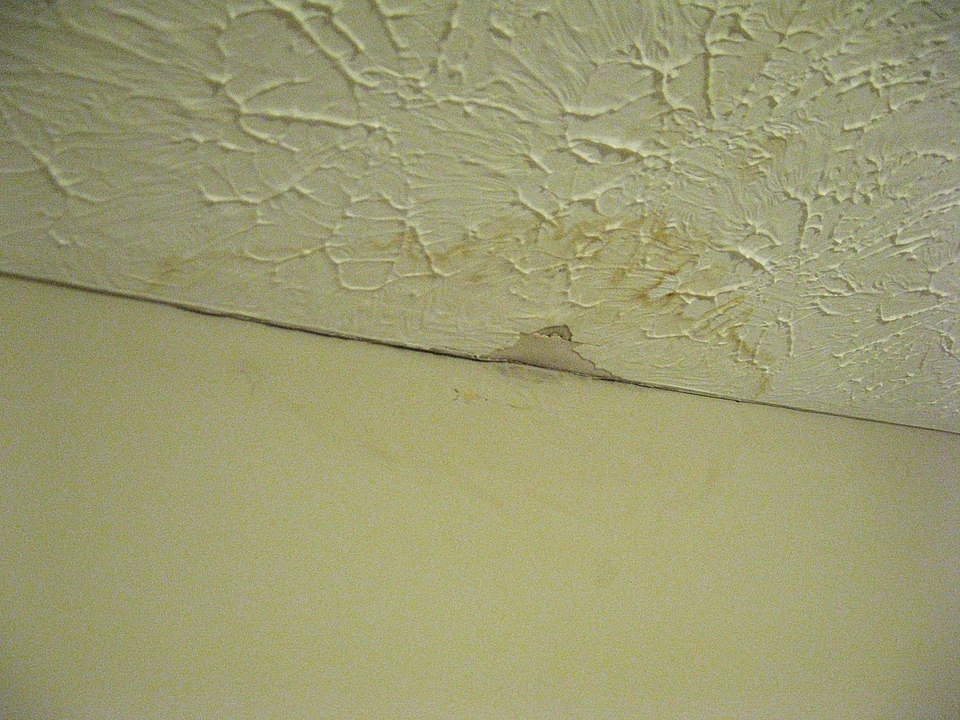
Water stains on ceilings or walls, warped wood, peeling paint, or a damp, musty odor may indicate leaks or past flooding. Left unaddressed, water damage can lead to rot, mold growth, and structural issues. Check under sinks, in basements, and around windows. Mold isn’t just unsightly, it can cause respiratory issues. If you see black spots or feel humidity inside, consider getting a mold inspection before proceeding.
5. Roof in Poor Condition
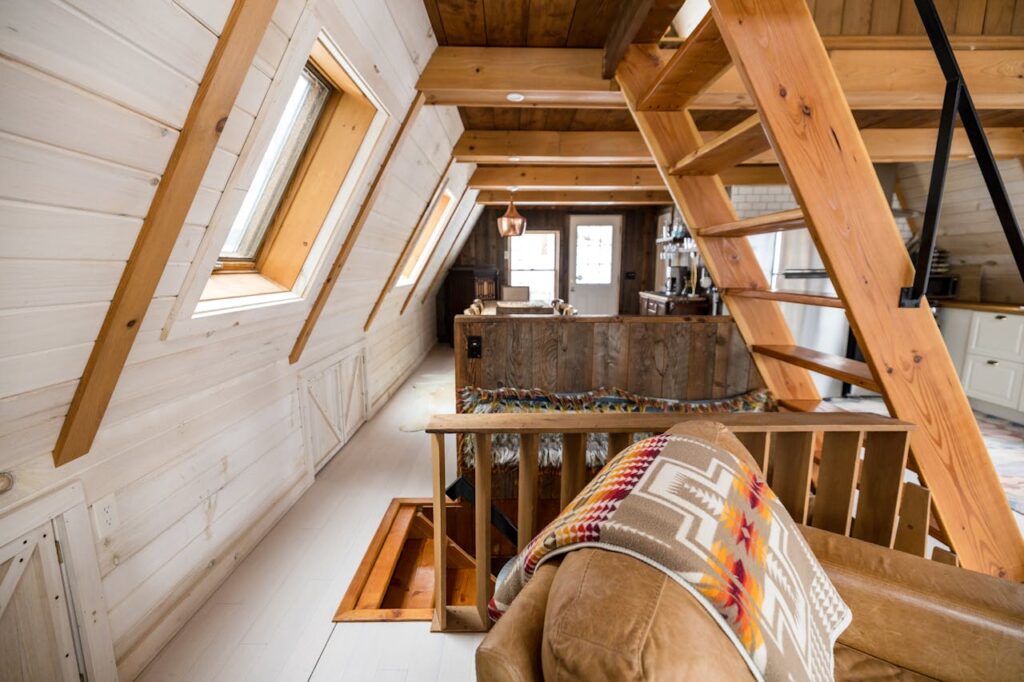
A failing roof can cause leaks and interior damage. Look for missing or curling shingles, rusted flashing, sagging areas, or moss growth. Inside, check for water stains in the attic or top floor ceilings. Roof replacement is one of the most expensive home repairs, and old homes are more likely to have roofs nearing the end of their lifespan. Have a roofer inspect its condition and age before you buy.
6. Old Plumbing or Lead Pipes

Many homes built before 1960 used galvanized or lead pipes. Galvanized steel corrodes and clogs, while lead pipes can contaminate drinking water. Leaks, low water pressure, or discolored water are clues that something’s wrong. Replacing plumbing is invasive and costly, especially in older homes with plaster walls. A licensed plumber can check pipe material and condition, and let you know if you’re facing a full-system upgrade.
7. Insect or Rodent Infestations
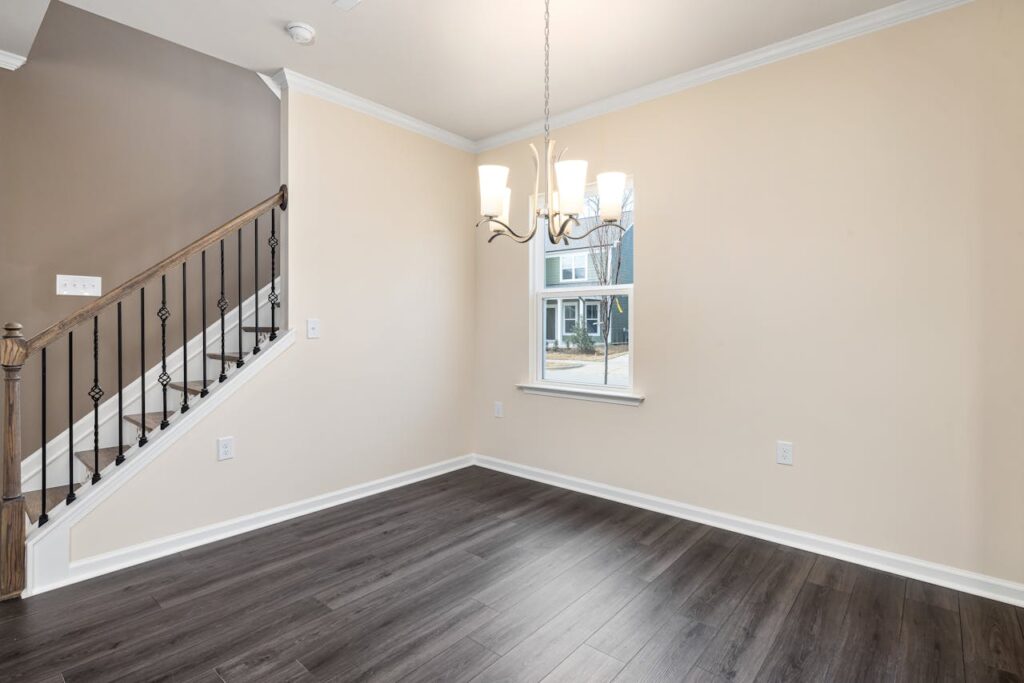
Termites, carpenter ants, and rodents can cause serious damage before they’re even noticed. Look for hollow-sounding wood, small holes, droppings, or gnawed materials. In older homes, hidden nooks and crannies make easy shelter for pests. Infestations not only damage the structure, they also lower property value and create health risks. A thorough pest inspection is essential, especially if the home hasn’t been occupied in a while.
8. Poor Drainage Outside
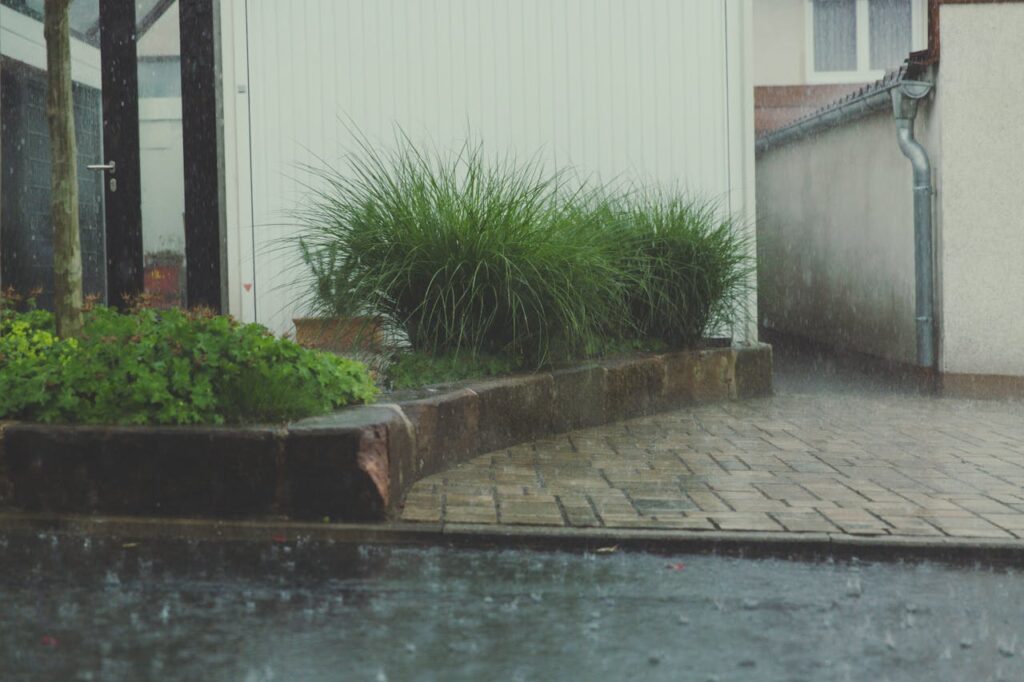
Improper grading, puddling near the foundation, and overflowing gutters are signs of poor drainage. Water pooling around the house can lead to basement flooding, foundation cracks, and mold. Older homes may lack modern drainage systems like French drains or sump pumps. Walk the yard after rain, check downspouts, and make sure the land slopes away from the house. Drainage issues often lead to bigger, and wetter, problems.
9. Asbestos and Other Toxins
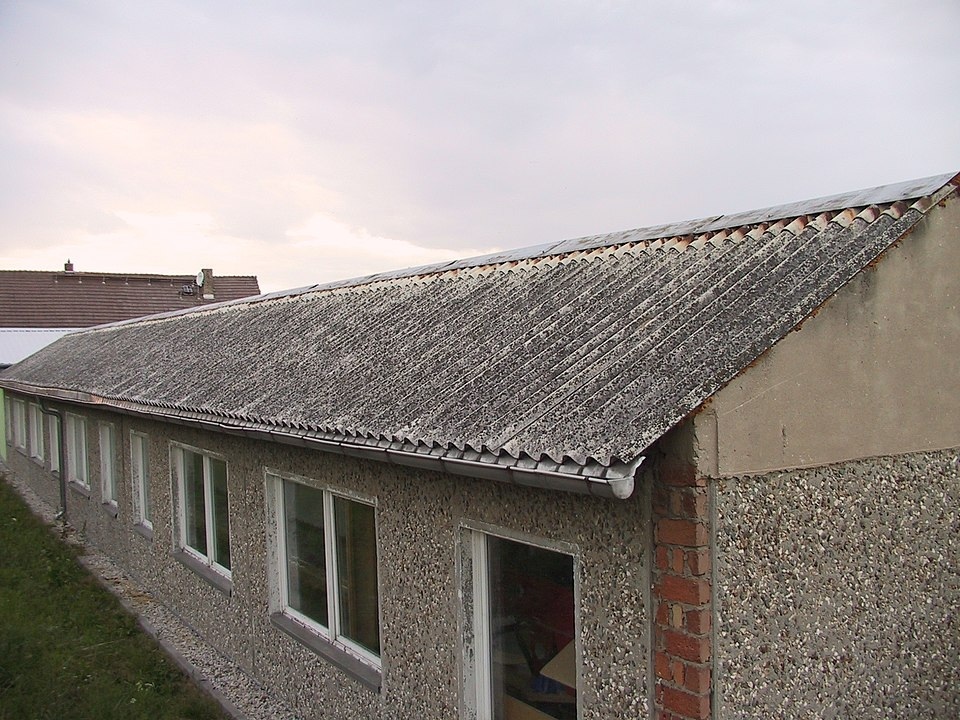
Asbestos was used in insulation, ceilings, and floor tiles before being banned in the 1980s. It’s harmless when undisturbed but dangerous when crumbling or removed incorrectly. Lead paint is another common hazard in homes built before 1978. Toxins like these require professional testing and removal, which can be expensive and hazardous. Always ask for disclosure reports or hire an inspector trained in environmental hazards.
10. DIY Repairs or Additions
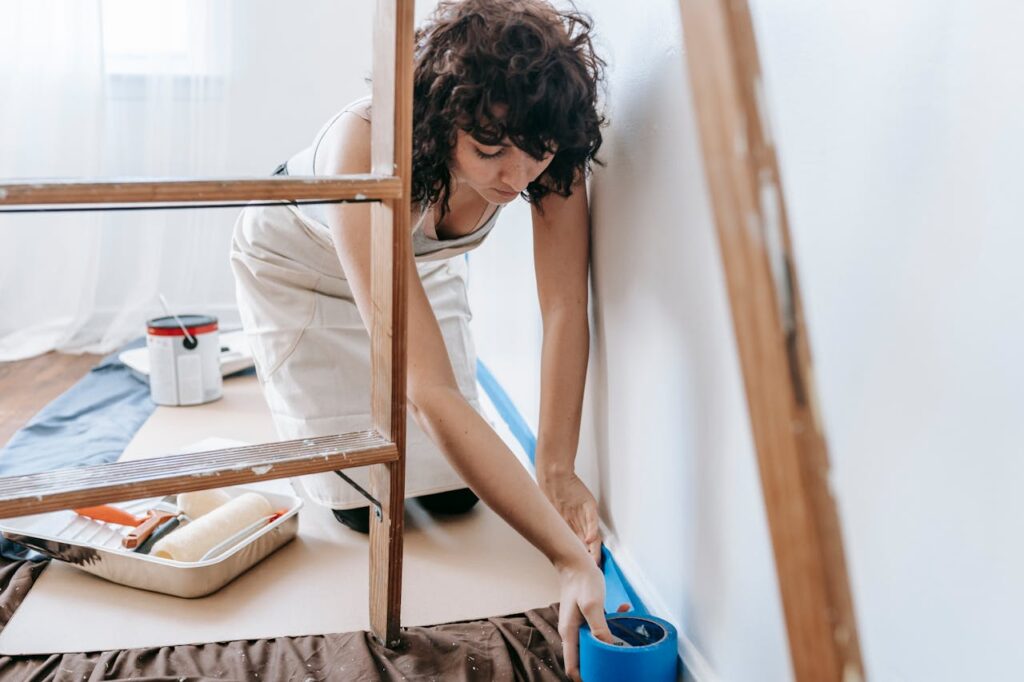
Unpermitted work can spell disaster. Look out for uneven tile jobs, mismatched materials, or signs of unfinished electrical and plumbing. Sellers may cut corners with cheap renovations to boost home appeal. Poorly done work might not meet building codes and could be unsafe or lead to insurance issues later. Always ask for permits and hire an inspector to review any additions or major renovations for red flags.
